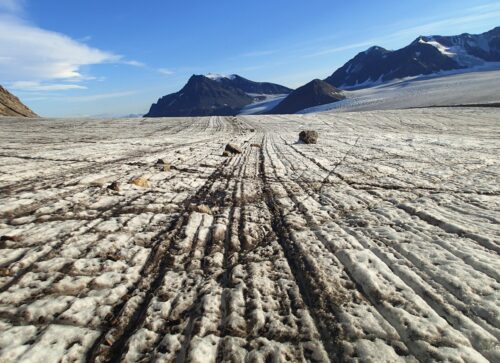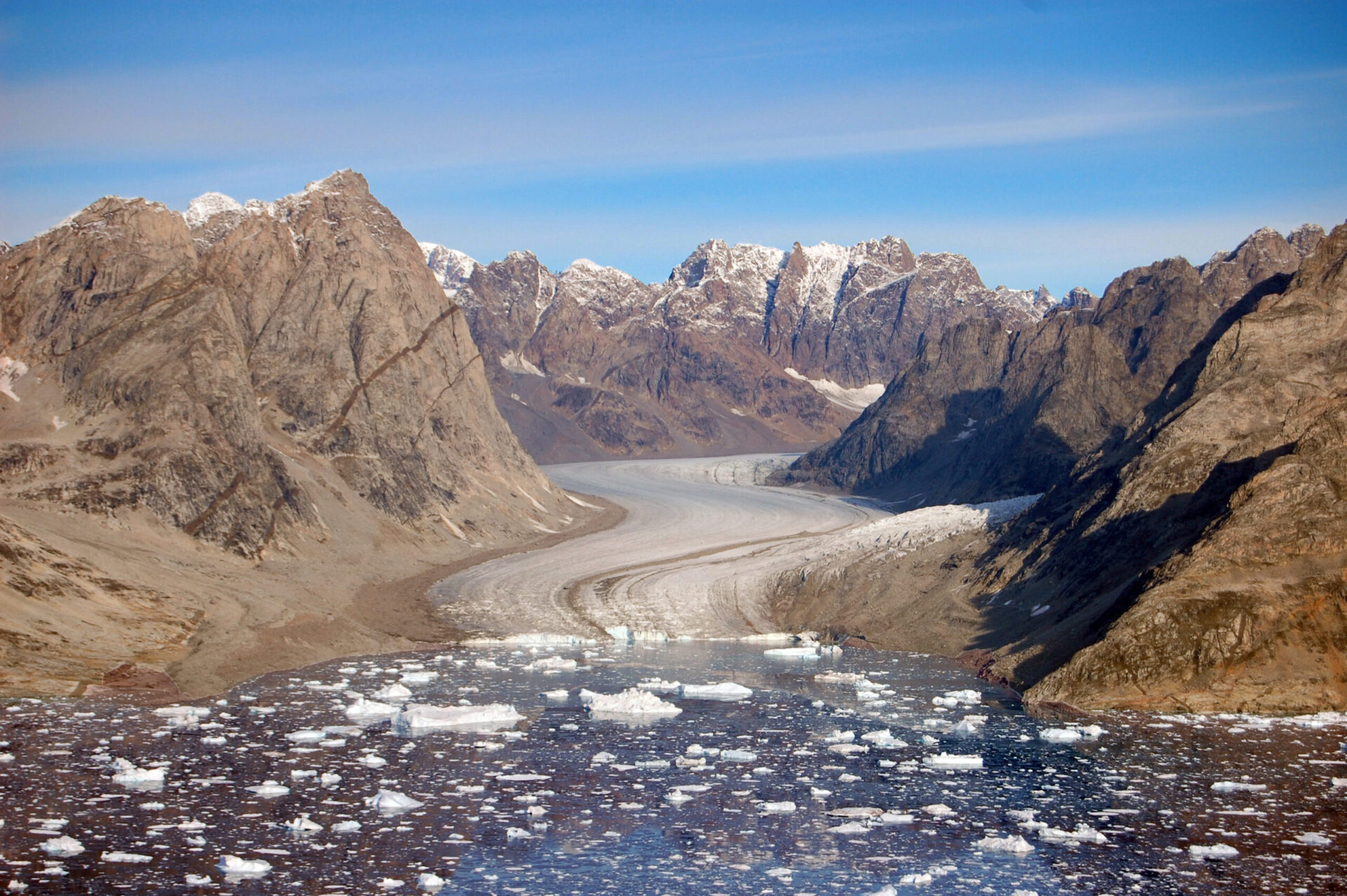Introduction to Glaciers
Cold environments, including glacial and periglacial, provide some of the most stunning landscapes on Earth.
This educational resource has been designed to provide content on Cold Environments for students of Geography. While the materials presented here have been written to satisfy the general requirements of AS and A2 syllabuses, they do not fulfill the specific learning objectives and subject content of any UK examination board specification.
Author: Dr Edward Anderson, Bede College, Billingham, Stockton-on-Tees, TS16 3ER.
READ MORE
Formation of Ice
The primary source of ice in a glacier is snowfall. Find out more on how this then forms into the glaciers we see across the world.
READ MORE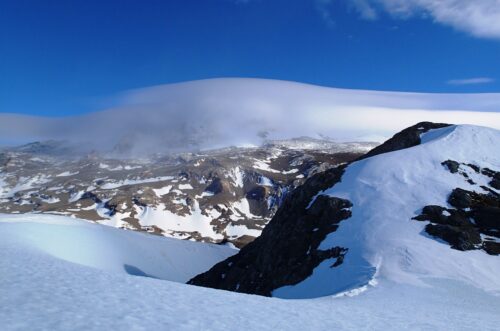
Ice Movement
Find out how glaciers move across the landscape, leaving the ‘scars’ we see across the UK particularly in the northern regions.
READ MORE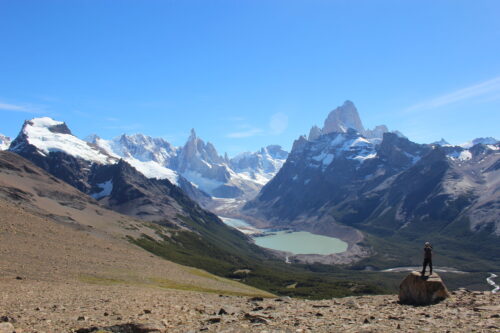
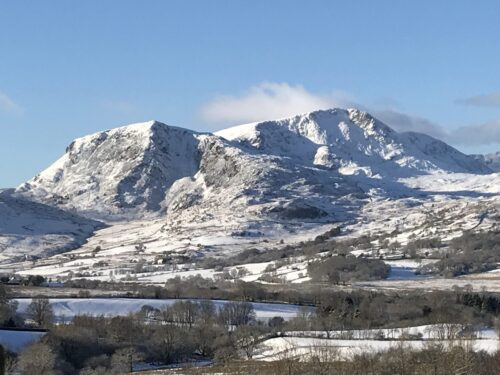
Glacial Erosion
Glaciers radically transform landscapes because they carry out four types of geomorphological work: glacial erosion (by the direct action of moving glaciers); glacial transportation (movement of debris); glacial deposition (rock debris deposited by melting of ice); and, glaciofluvial activity (caused action of meltwater streams). Another important process that operates within glacial areas is frost weathering or freeze-thaw action.
READ MORE